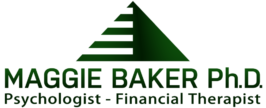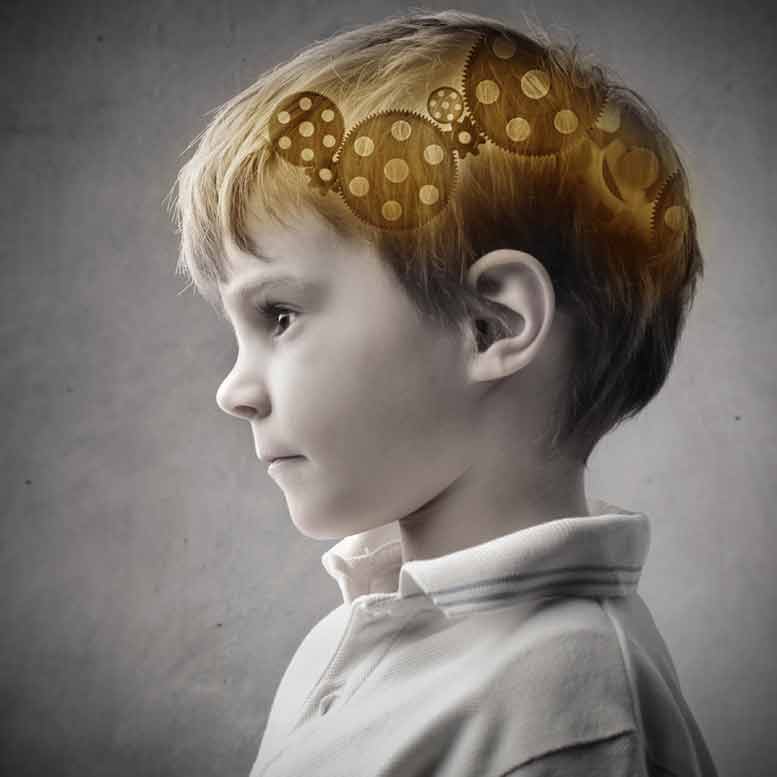 The Misconceptions of ADHD/ADD and How It Needs to Be Treated
The Misconceptions of ADHD/ADD and How It Needs to Be Treated
Many people wrongly assume that Attention Deficit Hyperactivity Disorder /Attention Deficit Disorder (Inattention, no hyperactivity) is a problem with lack of attention and focus. In truth, ADHD/ADD is a problem of the modulation of attention. That is, having the ability to bring up the right amount of attention and focus for a task at hand—not too little, not too much but the “just right” amount of effort and attention.
People with ADHD/ADD can focus when their interest and engagement is aroused by something they REALLY like. In fact, they can hyper-focus and maintain it for hours at a time, much longer than someone who doesn’t have it.
The theory is that ADHD/ADD brains are different because they can’t rally the neurotransmitters dopamine and norepinephrine (that are important in maintaining the appropriate level of focus) in right proportion (that is, not too little focus or too much focus but “just right” focus).
Because of this neurotransmitter regulation difficulty their brain energy shuts down rather than lights up when they apply effort to a task. Taking medication helps stimulate and regulate the production of dopamine and norepinepherine and thus makes concentration and focus more normal and functional.
ADHD/ADD affects many aspects of a person’s life, not just academics. It is usually identified in childhood when teachers and parents notice a child can’t stay with a task long, is constantly moving and figgity (hyperactive), daydreams (inattention), is impulsive and blurts out answers in class without being able to wait for a turn or edit what they want to say. It’s the impulse to immediate action READY, FIRE, AIM approach rather than the READY, AIM, FIRE strategy.
As well, on the playground and interacting with other children, they can be oblivious of what others are feeling because ADHD/ADD children don’t take in the social and non-verbal cues very well. The difficulty is that in an unstructured situation their focus gets worse, jumps from one thing to another so quickly and often randomly that they miss what is going on around them and consequently can’t respond accurately.
What starts out being a problem of focus and hyperactivity or daydreaming then begins to encompass social interaction and create secondary emotional problems. For instance, if a child keeps interrupting in class or clowns around and is difficult to play with at recess, they are bound to get negative reactions from others.
A child does not have the full capacity for self-regulation of attention or emotions. He/she can thus end up feeling picked on and put down because of all the attempts others use to try and “contain” his/her behavior.
If the child perceives these efforts at containment as criticism, they will then often start to act in an oppositional and defiant manner, as if to say, “Stop criticizing me and telling me I’m bad. I’ll show you and do it MY WAY.”
Or worse, they can think that they are really a monster, no good, stupid, or the like, and as a result disengage and withdraw.
If these trends persist into adolescence, these earlier problems are compounded due to the thrust of hormones, striving for independence and the vulnerability to peer pressure.
If a now ADHD/ADD teenager is able to survive through high school without being diagnosed and treated they deserve banner recognition. The only problem is that it means they have adapted to their ADHD/ADD and have been creative and bright enough to figure out how to bypass some of the limitations ADHD/ADD can impose.
Often, though, when they get to college or out in the working world when life demands and responsibility for oneself increases, their adaptation skills are tested and for some break down.
For instance, one young adult, a college sophomore, I counseled confessed to me that he had only read one book in his life. His technique? Listen like a madman in class and memorize as much information he heard as he could.
After he was put on medication he was able to focus and calm down enough to read and write long papers. He is now an emergency room doctor!It’s now clear from longitudinal research studies that ADHD/ADD persists throughout life and that you either have it or don’t have it—you don’t acquire it unless, of course, you have a traumatic brain injury that can create symptoms akin to ADHD/ADD symptoms.
Studies also show that as a group untreated ADHD/ADD adults don’t do as well economically or socially as others. If impulsivity and poor organization persist then the person’s relationship to money is affected. They overspend on impulse, can’t organize their finances to manage their cash flow and often get into debt with the attitude that “things will get better if I just keep moving.”
If ADHD/ADDers are diagnosed and treated and/or if they come from supportive homes, then many of the negative aspects of ADHD/ADD can be contained. This then allows a person’s strengths to shine through.
Public awareness and better objective diagnostic techniques for ADHD/ADD have also developed over the last two decades. Dr. Ned Hallowell’s groundbreaking book, Driven to Distraction, was the first popular book that brilliantly describes what it is like to have ADHD/ADD as a child and as an adult.
The development of the objective test, The ADHD Quotient System also helps in the accurate diagnosis of the condition and helps medicating doctors find the most therapeutic dose of medication for their patients.
With understanding and good treatment all the positive aspects of ADHD/ADD can thrive. If you have or know of ADHD/ADDers who have met challenges and overcome them, please share their story with us.
Maggie Baker, Ph. D.
Psychologist – Financial Therapist
Author of Crazy About Money: “How Emotions Confuse Our Money Choices And What To Do About It”.



You actually make it seem so easy with your presentation but I find this topic to be actually something that I think I would never understand.
It seems too complex and extremely broad for me. I am looking forward for your next post, I’ll try to get the hang of it!